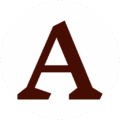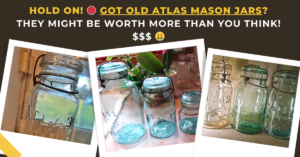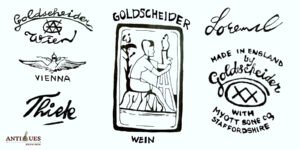As an antique expert, I often hear people debating whether only huge antiques fetch good returns at auctions and thrift stores. That is true! But that doesn’t mean you should ignore small antiques like buttons or cuff links. In fact, these tiny, artistic items attract many eyes today.
Thanks to their rare designs and carvings that don’t exist anymore, antique vintage buttons are rare and valuable! But how do you know which button design is rare? With this guide, I will help you identify such priceless tiny antiques, based on their materials, age, brands, and other special features!
Key Takeaways
- Original bare wood, bone, nut, or glass buttons are the most precious.
- You’ll see five types of buttons – flat, shank, stud, snap, and toggle buttons in the market. Of these, the stud and shank ones are more fancy and costly.
- Antique buttons with handmade, Victorian, or Art Nouveau designs fetch good value.
- You can track your button’s age by its patent number, trademark, and brand. And you can find them on its back, box, or packet.
What Do Real Antique Buttons Look Like?
Now, you might think that any handmade or lacquered button is antique! Well, that’s not true! In fact, it’s only the 100+ year-old buttons that are considered true antiques!
And if it’s 100+ years old, the restoration matters the most. Like, if your button’s fully or partially restored, it might lose its value! So here’s a list of some old and authentic features for help:
- ⅜” to 1.75” diameter buttons with 1 – 4 buttonholes or metal straps
- Stamped sheet buttons with religious, military, floral, or mythological carvings
- Metal, Glass, or Wood faces with Ivory, Shell, or Ceramic borders
- Asymmetrical faces, oblong circles, and uneven borders
- A mix of hammered, beaten, and coarse textures on the surface
- Hole-drilled shanks or extra plugs soldered to the back
Brief History of Antique Buttons
Well, the first button award goes to Indus Civilization. But, literally 4000 years ago, they had no metal or wood tools. So, they used tortoise shells! Then, Chinese merchants refined it and added bone and shell borders for strength. But these buttons were so heavy!
It was in the 1700s that people solved this using old hand saws and broadaxes. They simply split the wood and carved the buttons. But these buttons caught mold and fungus easily! Plus, most of them got damaged with water, making them rare and precious today!
Then, it was the era of metal! So you’ll see all of those bronze, iron, and copper buttons from this era. But these won’t be crude! In fact, they’ll be uniform, polished, and shiny. And you’ll also find some mold lines and logos with these! So, they are new, common, and cheap.
5 Types of Old Buttons for Every Antique Collector
You all might know the typical hole and thread buttons! But, back then, we had many other securing styles and designs as follows:
1. Old Flat Buttons

How do you think a flat button looks? Simple and straight, right? Yes, this two to four-holed button looks the same! And most of them have stamped discs and raised rims at the top. Plus, you’ll even see woven lattices and wires. So, you can charge about $5 – 15 for one.
2. Shank Buttons

Shank buttons, just as the name says, come with a curved base shank. They neither have any holes nor any carvings. So, you’ll see a clear face and beaded and embossed designs on top. That makes them a bit costly at $20 – 30, and branded ones might even go up to $90.
3. Stud Buttons
Did you ever observe the two-piece buttons on your jeans? Now imagine them with hand-beaten metal walls. That’s what antique stud buttons looked like. Most of them also have separate backing pieces and sockets. And they also cost more, at $30 – 160.
4. Old Snap Buttons
Snap buttons, also known as press buttons or poppers, are relatively new! So, they have all those machine-made features – polished metal walls, stamps, and carvings. But they are new and cost less than $20 – 25.
5. Toggle Buttons
If your antique button has handmade, oval loops and walls, it might be a toggle button! Such buttons are about 1.5 inches long and have rustic bone or metal twigs. Plus, they look quite crude and have 1 – 2 hand-chiseled holes, costing $4 – 10.
6 Steps to Find the Value of Antique Buttons
Today, the average value of common antique or vintage buttons is around $5 to $10, while single old and rare, branded Victorian or brass buttons can fetch up to $150 or more. The final resale value of antique buttons relies on their age, designs, style, materials, and brands! Let’s see how:
1. Track the Age and Numbers
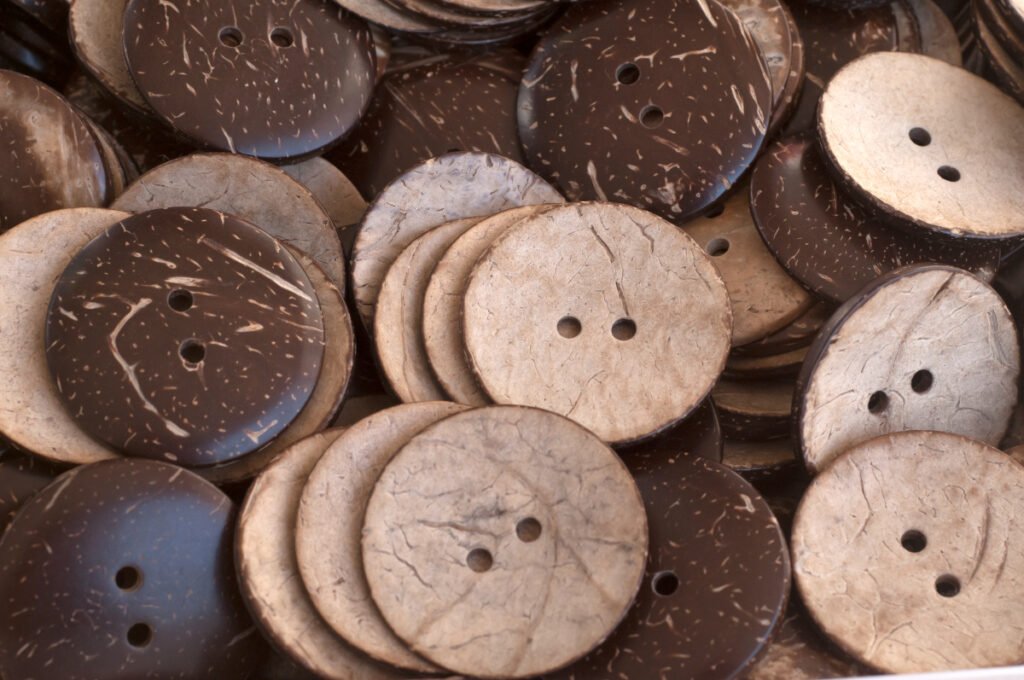
It’s no secret that old, handmade antiques are the most precious. But it’s a bit different with old buttons. Like, old but restored buttons are 10 – 12% cheaper than new ones. So, make sure that your button doesn’t have any extra paints or lacquers.
Then, you can simply check the button’s box for any hallmarks or patent numbers to guess the age. And here, I have some for reference:
| Year | Age | Patent Number | Estimated Valuation |
| 1923 | 100 years | US1483880A (mostly for Pin Toggle Buttons) | $4 – 6, but Chinese-style ones can go up to $50 |
| 1919 | 104 years | US1334574A (Shirt Buttons) | $1 – 30, depending on size |
What Does a 1700s Button Look Like?
If your vintage button has handmade edges and natural carvings, you probably have a 1700s button. Such buttons are really fancy and have Baroque or Rococo designs. Also, look for Shellac or oil coats and crude hammered or stamped finishes.
Here, if you have a stone, wood, or ivory button, it costs $11 – 150. But, if it has shiny gold or silver streaks, it might value up to $200.
How Do You Pick an 1800s Button?
You can spot these buttons by their one-piece pressed or cast bodies and stamps. Most will have shiny brass, pewter, mother of pearl, and porcelain walls. So, you’ll also find mold marks and filigree designs. And you can earn about $15 – 50 for one.
Moreover, if your button has painted portraits or crystals, you might hike its cost up to $80.
How Do You Spot a 1900s Button?
Any thin, mold-made, or branded button is from the 1900s. You’ll also see central index holes, raised rims, and borders. But these are mass-produced, and the common ones cost less than $25. But original signed, branded buttons can go up to $300 – 900.
Get a magnifying glass and check the gaps of the buttonhole. If they look brown, your button’s old and handmade. But if they are dyed, it might be new.
2. Check the Materials
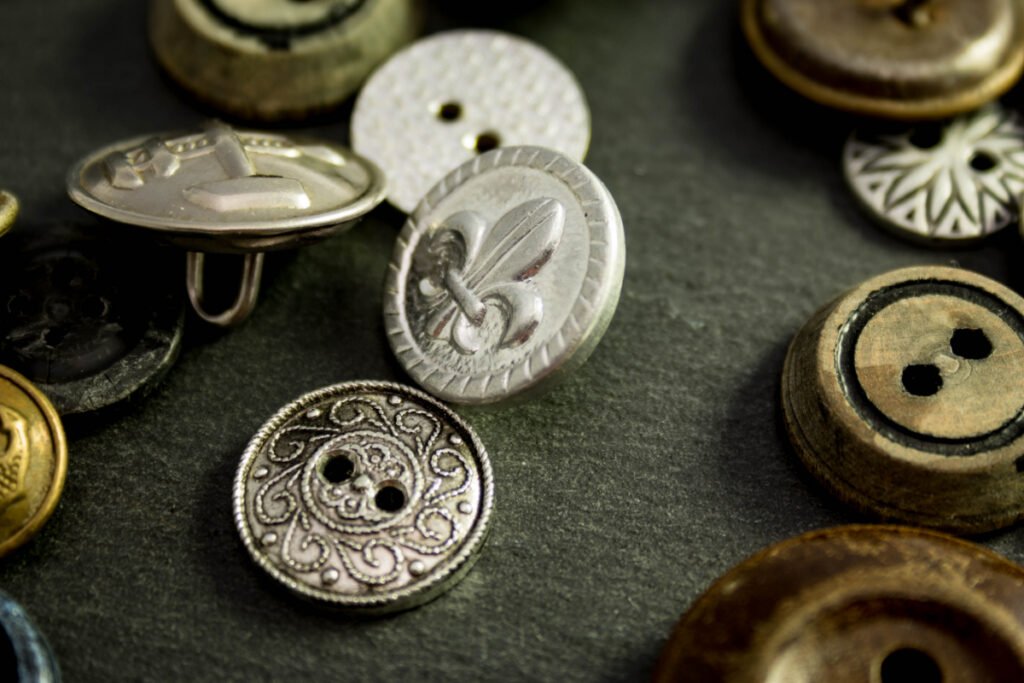
Now, let’s check your old button’s material. After all, the material affects the thickness, weight, and size. So, it’s obvious that even the button’s value changes with it!
Here are a few tips to identify your old button’s material:
- Check any unprocessed areas around the button holes or shanks. If they look coarse, it might be a bone or wood button.
- Check the button under UV light; natural buttons look orange, whereas metals look reflective.
- See if the metal rings against an old spoon or table. If yes, it’s a glass button from the 1800s.
Now that you know your button’s material, let’s check its key features and costs below:
| Button Materials | Year | Top Features | Estimated Value |
| Glass – Cut, Pressed, or Molded | 1800 – 1900 | Enamel or Stone Insets, Brittle, Tinted or Geometric | $1 – 120 (but Egyptian ones go up to $160) |
| Metals – Brass, Silver, Gold, Pewter | $1700s – 1900 | Thin 10mm walls, Mesh designs, and Enamel borders | $5 – 120 (gold ones might cost $500) |
| Wood, Bone, or Nut Buttons | 1700s | Uneven button holes, Handcut borders and etched motifs | $9 – 60 |
| Porcelain Buttons | 1800s | Hand-painted and Underglazed | $10 – 90 |
| Celluloid or Bakelite | 1900s | Carved or Molded designs, Regional motifs | $5 – 30 |
Pick buttons with wax, oil, or luster finish for about $95 per button.
3. Analyze the Button Styles

You’ll see about four styles of old buttons. Of these, the hand-painted ones have natural colors and designs. So, they are rare! The Victorian and Art Nouveau ones look curved and fancy. So, they cost more! But, the later Art Deco ones are minimal, geometric, and new.
And here’s how much you can charge for each old button style:
| Old Button Style | Average Cost |
| Hand-painted or Enamel | $30 for small and $90 for large buttons |
| Art Nouveau | $8 – 25 for regular and $200 for gold |
| Victorian | $9 – 65 |
| Art Deco | $2 – 3 for unbranded, and $250 for branded |
Wash the button with a mild detergent or vinegar to remove the rust and observe the style.
4. Check the Brands

Most antique buttons are handmade, no doubt! But the late 1800s or 1900s buttons might be branded! So, just rotate the button, and see if it has stamped marks. If yes, just refer to the value list below:
| Old Button Brand | Key Features | Estimated Price (for pieces with NO Restoration) |
| Dupont | Lucite or Celluloid Stud Buttons with a signed logo | $30 – 75 |
| Firmin | Metal, Plastic, Bone, or Wood Buttons with trademarks at the back | $11 – 20 for small size and $25 – 100 for large sizes |
| Gaunt | Round, Oval, or Hexagonal buttons with etched royal warrants | $4 – 20 |
| Jennens | Horn, Bone, or Wood buttons with signed logos, crests, and symbols | $7 – 30 |
Avoid getting chipped, broken, or fully restored buttons, as they might lose their value by 8 – 10%.
5. Assess the Rarity

Now, you might think that antique buttons cost $200 – 300, roughly. But do you know that some buttons cost $3000 as well? That’s because they have some unique shapes or gold motifs that hike the cost. Want to know more about such rare buttons? Here’s a list for you!
| Old Button Name | Year | Auction Cost |
| Enamel and 18k Gold Cuff | 1819 – 1830 | $3900 |
| Men Fox Buttons | 1900s | $2000 |
| Civil War D-Coat Buttons | 1860 – 1865 | $775 |
| Satsuma Chinese Button | 1850 | $565 |
| Victorian Marijuana Weed Button | 1900s | $449 |
Look for buttons with original vegetable ivory, shell, or wax finishes, as those are rare and precious.
6. Usage
Antique buttons come in two types – decorative and clothes buttons. Of these, the decorative ones cost $100 – 200 more than the functional ones. That’s because these have meshed gold patterns, gems, and inlay work that hikes costs.
Where Can You Buy Old & Antique Buttons?
You can get old and antique buttons from any e-commerce site like eBay, Etsy, and Craigslist. Other than that, look for events like the National Button Convention or National Button Society to spot the rare ones.
What Metals Were Used for Antique Buttons?
Makers used crude and thick metals like iron, pewter, brass, silver, gold, and copper to make antique buttons. Overall, they cost $5 – 120, but the gold ones are more costly, at $500.
How Do You Store Antique Buttons Properly?
Cover your buttons in light polythene or metal foils and keep them in a box, away from sunlight. Also, if possible, cover them with enamel and dry them properly to reduce rust!
Antique buttons are obviously small, but they fetch huge returns with the right materials, finishes, and styles. So, try to get unrestored, handmade buttons from the 1700s! And once you get them, you can check their features and exact costs from our guide!
If you want more value guides for other valuable antiques, such as ‘car jacks,’ ‘pianos,’ ‘padlocks,’ and ‘pedal cars,’ I’ll be happy to help!
Note: This article is intended for informational, educational, and entertainment purposes only. Some images are illustrative and may not represent actual brands, products, or related entities. All trademarks, product names, brand logos, packaging, and other intellectual property referenced remain the exclusive property of their respective owners. Any brand mentions or references are provided solely for descriptive and educational context and do not imply any formal or commercial association.


